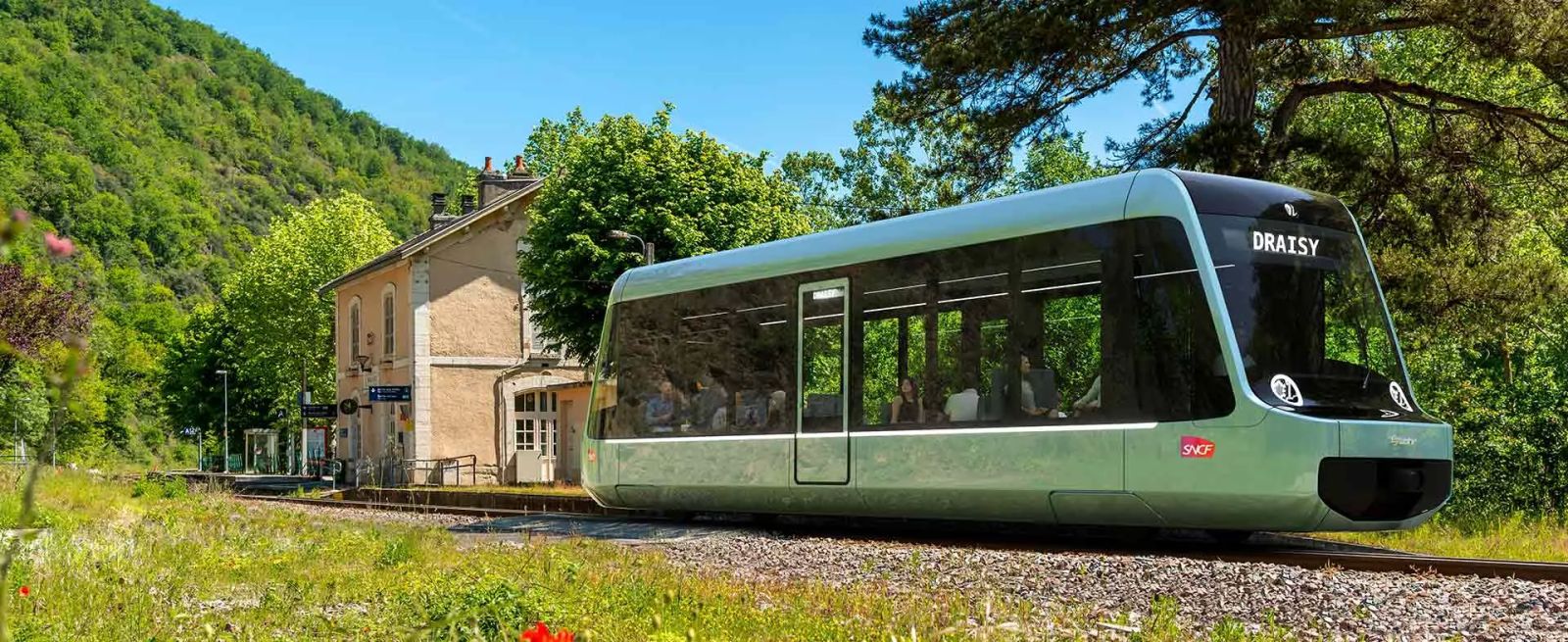Follow us on Google News (click on ☆)

The Draisy project aims to reactivate underused railway lines. SNCF is proposing a tailored transport solution that combines modernity and ecology. The project details reveal an ambitious initiative.
In France, the railway network has seen significant growth, but many lines have been abandoned over time. Currently, about 9,000 rural lines are not in operation. Draisy aims to use these neglected tracks to offer an efficient and sustainable transport service.
The novelty lies in the use of a lightweight and autonomous train, battery-powered. This 20-ton train is designed to cover distances up to 62 miles (100 kilometers). Additionally, it can carry 80 passengers, as well as bicycles and small freight, all while being certified zero emissions.
The impact of this project could also result in a reduction in car usage. By facilitating access to public transportation, SNCF hopes to encourage users to choose the train for their daily commutes, particularly to work.
DRAISY, the lightweight train to develop small train lines
Despite the promised benefits, public acceptance of the project remains the central question. Railway transportation has faced criticism over reliability and costs. It will be crucial to reassure users on these points.
The first Draisy trials are scheduled for 2026, with commercial service expected in 2028. The Grand Est and Occitanie regions have already expressed interest in this project, which could significantly improve local connectivity.
The project is backed by substantial financial support, estimated at one billion euros. This investment should allow several rural lines to be put back into service. It could offer a viable solution for users often overlooked by the current railway system.